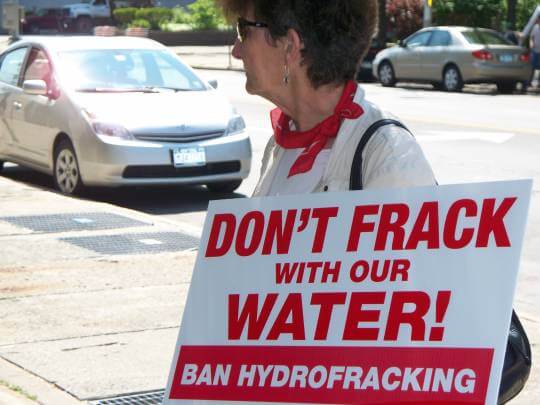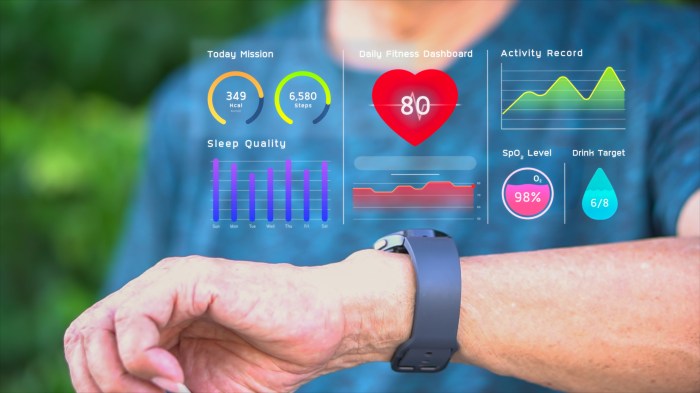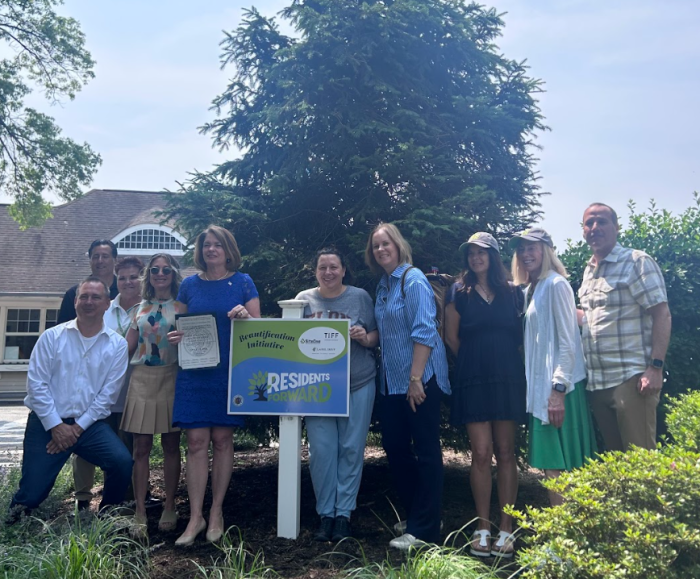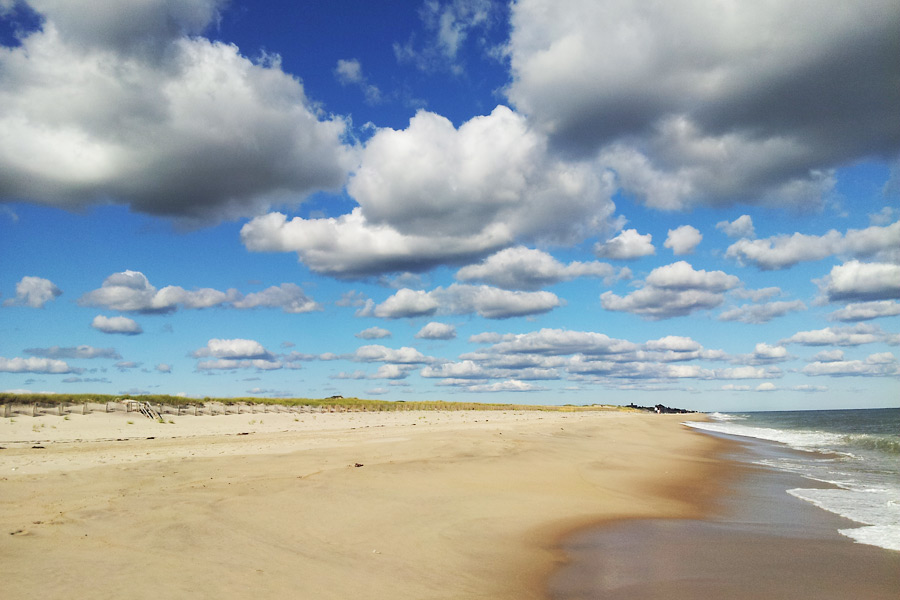 After a brief delay from Hurricane Irene, the New York State Department of Environmental Conservation opened a more than 90-day public comment period last week on its revised draft Supplemental Generic Environmental Impact Statement, regarding hydraulic fracturing in the Marcellus Shale in upstate New York.
After a brief delay from Hurricane Irene, the New York State Department of Environmental Conservation opened a more than 90-day public comment period last week on its revised draft Supplemental Generic Environmental Impact Statement, regarding hydraulic fracturing in the Marcellus Shale in upstate New York.
The DEC says it will issue proposed regulations governing hydrofracking in early October.
“Throughout this process, DEC’s number one priority is to protect the state’s drinking water and environment in concert with exploring options to safely and efficiently extract the state’s natural gas,” said DEC Commissioner Joe Martens in a prepared statement. “This will enable New York’s economy to benefit from this resource and the job opportunities that development is expected to bring.”
Gas Rush: New York State’s Heated Hydrofracking Debate
The public comment period for the revised draft SGEIS concludes Dec. 12.
The public comment period for the regulations will begin in early October and will run concurrently with the SGEIS public comment period, according to the DEC.
Under the public comment schedule, the public will have more than 150 days to review the proposed environmental mitigation measures in the draft SGEIS, which were released July 1, and more than 90 days to review the SGEIS sections and mitigation measures addressing socioeconomic, community character, visual, noise and transportation impacts.
Once the comment period is complete, DEC says it will review the comments on the draft SGEIS and proposed regulations and prepare responses to be released with the final SGEIS. No permits for high-volume hydraulic fracturing will be issued until the SGEIS is finalized and DEC issues the required Findings Statement.
DEC plans to hold four public hearings during the comment period for the SGEIS and regulations in November. The hearings will be held in counties within the Marcellus Shale region, as well as New York City. Exact dates and locations will be released in early October.
“We look forward to receiving comments from the public that will help inform the final conditions for high-volume hydraulic fracturing in New York state,” continued Martens. “The proposed environmental mitigation measures and the regulations that codify those measures go hand in hand. It makes sense to move forward with them together and hold simultaneous public comment periods and hearings.”
Comments can be submitted to DEC’s website or by mail to:
Attn: dSGEIS Comments
New York State Department of Environmental Conservation
625 Broadway
Albany, NY 12233
• The full draft SGEIS is on DEC’s website
































